Roll up your sleeves to transform the "people-oriented" government digital services
Introduction to the government website plan for the physical examination of young students: Let’s take a look at how young students can use design thinking in the two months of summer vacation to design and reform government digital services in collaboration with agencies!
Project Introduction
The Public Digital Innovation Space Group (PDIS) of the Executive Yuan gathers 30 young students every year to review the digital services of the government. This year, we will further cooperate with agencies to redesign digital services, and use the "user-centered" design thinking process to run the entire project. In the two-month iteration and testing, students from different fields stirred up each other, gave full play to their strengths, and flexibly used various research and testing methods to redesign the "difficult government services" in many populations into "people-oriented" friendly services. Many participating institutions gave very high evaluations to the students' enthusiasm and output. Among them, the Keelung City Government, the Youth Department of the Ministry of Education, and colleagues from Taiwan Employment Service will revise their website early next year. At that time, students will be invited to collaborate with reference to the output of the students to make the government's digital services more friendly and close to the people.
Origin
Every summer vacation, the Public Digital Innovation Space Group (PDIS) of the Executive Yuan convenes 30 young students to review the digital services of the government. We call it the "Rescue Action by Youth, Ray" (Rescue Action by Youth, Ray). "If you also find the government's digital service difficult to use, you can also work together to transform it!" a classmate who had participated told me like this we. We hope that through this internship, young people who are interested in participating in public affairs can use their enthusiasm and expertise to make the government's digital services better. "There is a gap in everything, and the gap is the entrance of light." With the help of each partner, we participate in public affairs, roll up our sleeves to reform the government, and establish a channel for communication and mutual trust between the government and the youth.
Who are they?
Ray 4.0 invites young students with design and information expertise across the country to join our renovation plan this year. They are willing to give up the summer vacation and are full of enthusiasm, hoping to do their best to make the government's digital services better. A total of more than 140 people signed up this year, and we finally selected 30 outstanding young people to become partners of Ray4.0. I look forward to designing better government digital services through a series of in-depth interviews, tests, iterations and collaboration workshops during the two-month internship.
What is the difference between this time and the past?
This year, Ray4.0 first cooperated with the UCD workshop of the National Development Council. Cooperate with seven organizations that hope to renovate their own websites to design this renovation landmark. It is hoped that through this collaborative process, colleagues in the agency can better understand how to plan digital services from a user's perspective, and students can have a deeper understanding of the challenges of the agency, and make a digital service that meets the user's experience and agency needs.
In the four-day collaborative workshop, we arranged for students to share the results of the previous in-depth interviews, so that the agencies can better understand the pain points and needs of users. In the process, a series of practical courses arranged by the National Development Council also enabled them to better understand how to plan "user-centric" digital services.
The students and the agency observe the real challenges and needs of the agency through practice and back-and-forth discussions. A series of collaboration and sharing have allowed the agency and students to build a bridge of collaboration. In the next two months, they can explore the core issues of agency services in more depth.
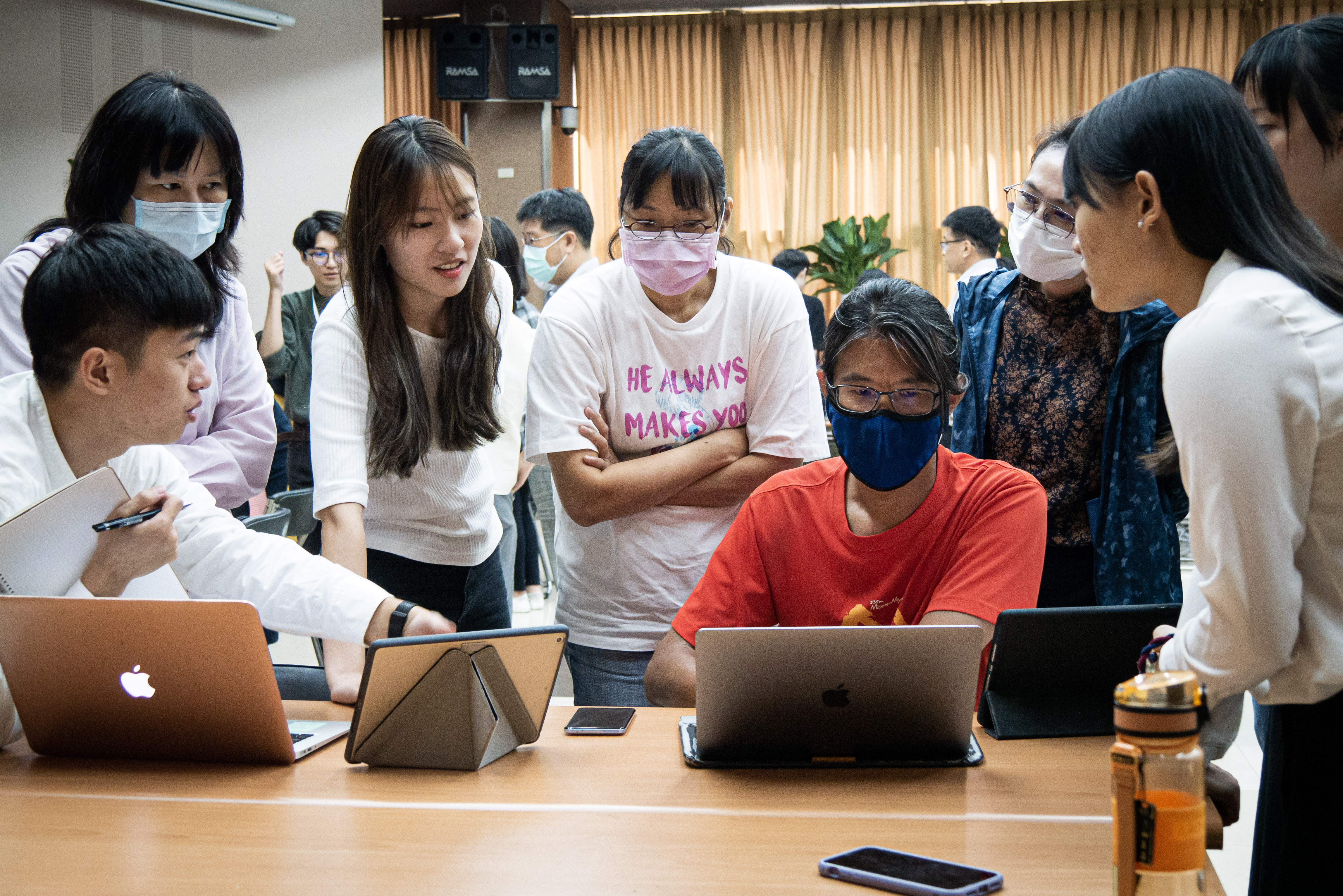
A true understanding of the process of design thinking
At Ray 3.0, we used design thinking to plan the progress of the project. At 4.0 this year, we made some adjustments and achieved the following six steps, so that students can have a basic process and progress for reference during the two months of internship. (We call it Six Steps for short.) In the first divergence and convergence process of design thinking, we encourage students to define this transformation After the three core problems of the service, a second divergent drawing of different drafts is carried out, and a design solution that meets the needs of users is found through more than two test iterations.
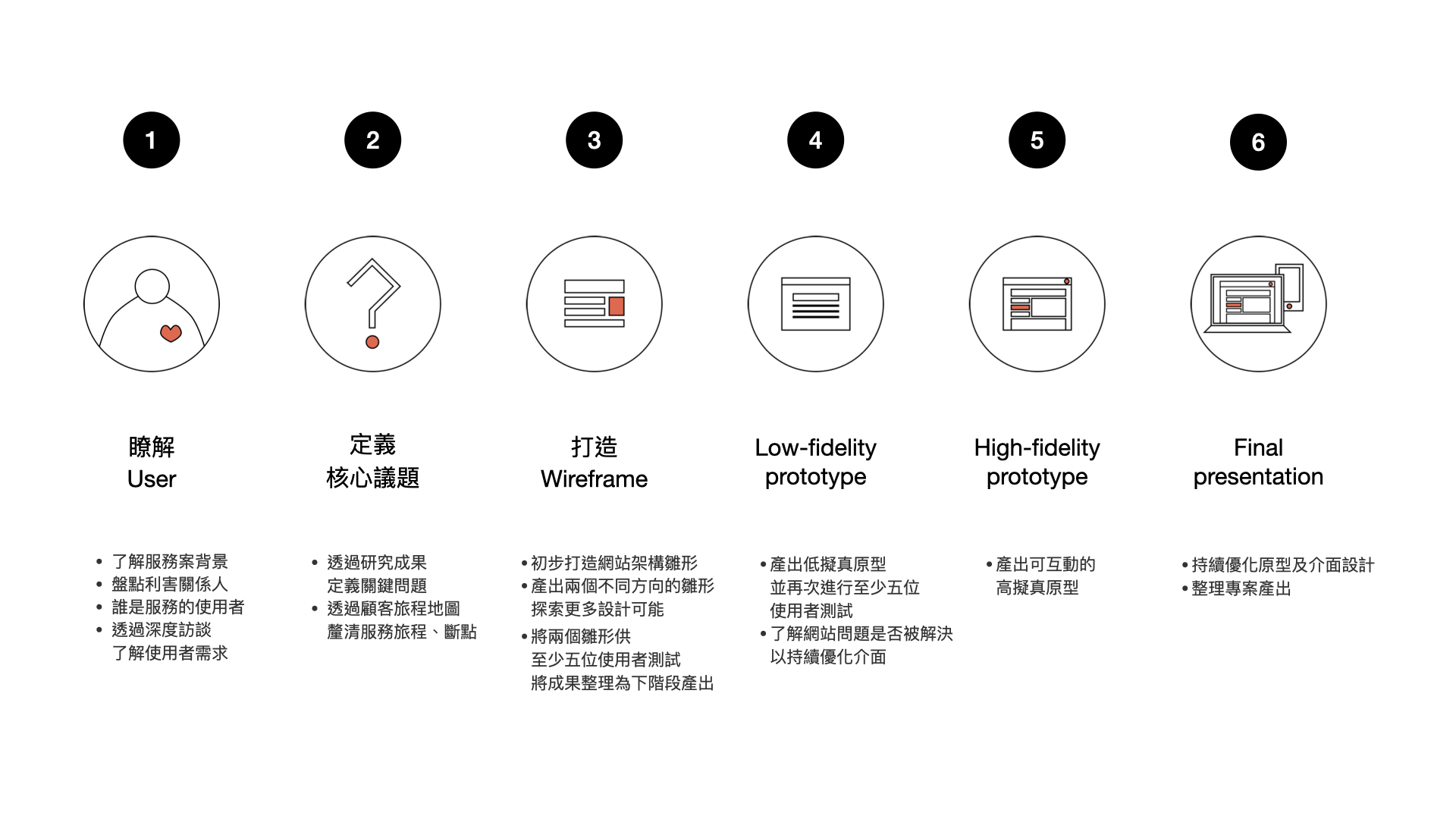
It is worth mentioning that this six-step killing introduces a different link. I hope that through this link, students will be more creative and expand their design horizons.
We hope that students can produce wireframes in two different directions, one is the most basic solution proposed based on the basic problem. The other hopes that students can explore another possibility by finding comparable experiences or services (analogous inspiration*). These two wireframes in different directions do not allow users to choose one of them, but through the framework of two different directions, to test the user’s ideas and preferences for these two directions, and to optimize the two The shortcomings are removed and the third design solution is produced, which can not only solve the existing problems, but also release the ideas from the existing framework, providing a new possibility!
*IDEO uses analogous inspiration research methods to allow designers to use their creativity flexibly, and more importantly, creative thinking often Turbulence from different fields. If you always look at a design project in the same way and perspective, the solution often cannot escape the known range.
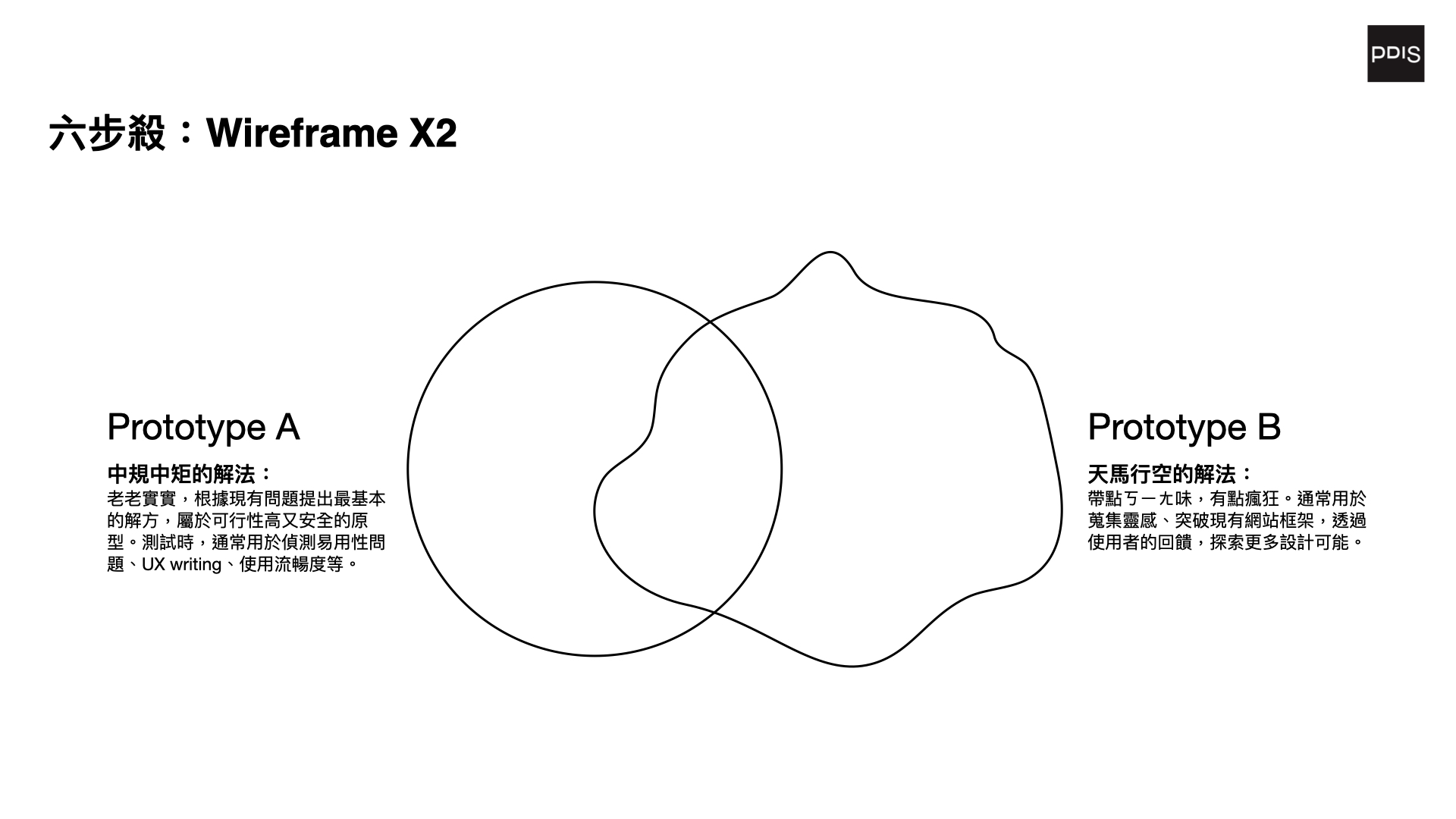
Achievements
Although the internship program has just ended, we have received positive feedback from many agencies. Although some agencies have already contracted out services, the results of the students let them face the manufacturers. Can discuss more systematically, incorporate the results of the students into the implementation of the manufacturer, and make a certain degree of modification. In addition, we are also very happy to hear that the Keelung City Government, the Youth Department of the Ministry of Education, and the Taiwan Employment Service are expected to revise their official websites in 2021. At that time, they will incorporate the achievements of the students and invite them to collaborate with manufacturers. Of course, it is still too early to set the results, and we will continue to track the revision progress of the various ministries, and make the next Ray better through every feedback and observed problems!
PDIS also publishes all the wonderful results of the students on the Internet. Friends who are interested are welcome to visit the following website to watch the full record of the wonderful service design and transformation of each group of students in the past two months!
https://ray2020.pdis.nat.gov.tw/
The atmosphere of these two months…??
Six steps to kill is actually the lowest solution range. On the first day, we encourage all students to use their learning and creativity to take the output further. Every two weeks of the meeting, we also plan a lot of links so that students can share the research methods or learning in this period. "Seeing other groups using certain methods to do user research, we will next Try it again.” “This group of presentations is too clear to share and organize, and we can refer to it!” We often hear that students have more excitement because each group tries different modes. In fact, this atmosphere of mutual observation has also indirectly cultivated an environment of benign competition. When everyone sees the output and sharing of other groups, they will invisibly hope that they will work harder.
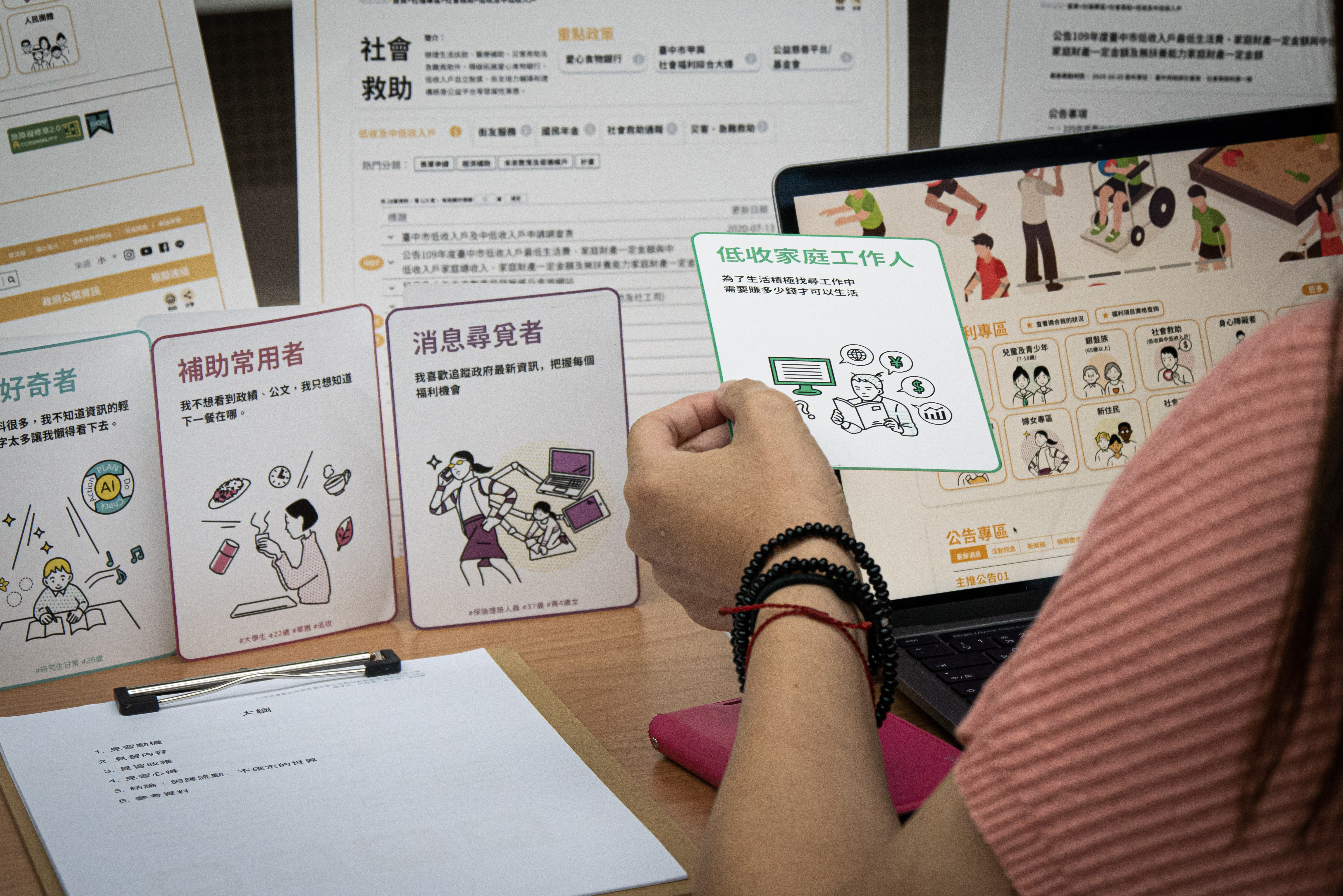
The composition of the group is also as diverse as possible. The members of each group come from design research, information, service design, UX or UI. Through the excitement of different backgrounds, the discussion can be more diverse, and it is hoped that the service can be considered more comprehensively. How to communicate and cooperate with people of different backgrounds is also a very important learning in this internship. "How to communicate in a language and way that can understand each other, so that groups can exchange ideas smoothly and come up with concepts that everyone can go all out. "This important skill will be very useful no matter what field the students are engaged in in the future.

The growth of the students
Along the way, the students practice the theories they have learned from practice.
The students responsible for the revision of the website of the Bureau of Labor Insurance have repeatedly stated that the undertaking agency already has a responsible manufacturer, and they are not very sure that they can make a better version. But after a series of solid user interviews and tests, on the day the results were published, they confidently presented their user research and test revision results. From their eyes, we can see that they have transformed their observations and research on users into more sophisticated service designs. These designs are not just based on their own intuition, but are obtained after many in-depth interviews and tests. The best results. A student said: "Design is no longer just a subjective beauty, but more a rational verification." These results allow them to calmly deal with challenges and show their understanding and confidence in this service.
Another group of students who were responsible for the redesign of the registration system of the United Hospital, although they received a negative reply from the agency staff that they did not intend to revise it. However, throughout the internship process, various methods have been used to keep the agency staff more involved. Even in the collaborative workshop, many small tools were designed to attack the needs of the organs. Their indomitable spirit allowed them to learn a lot of "how to adjust themselves to various challenges" in the process. On the road of future design, I believe that everyone will encounter many problems and challenges. How to use experience and tools to help communication and resolve the problems that follow will be an important key to "good design."
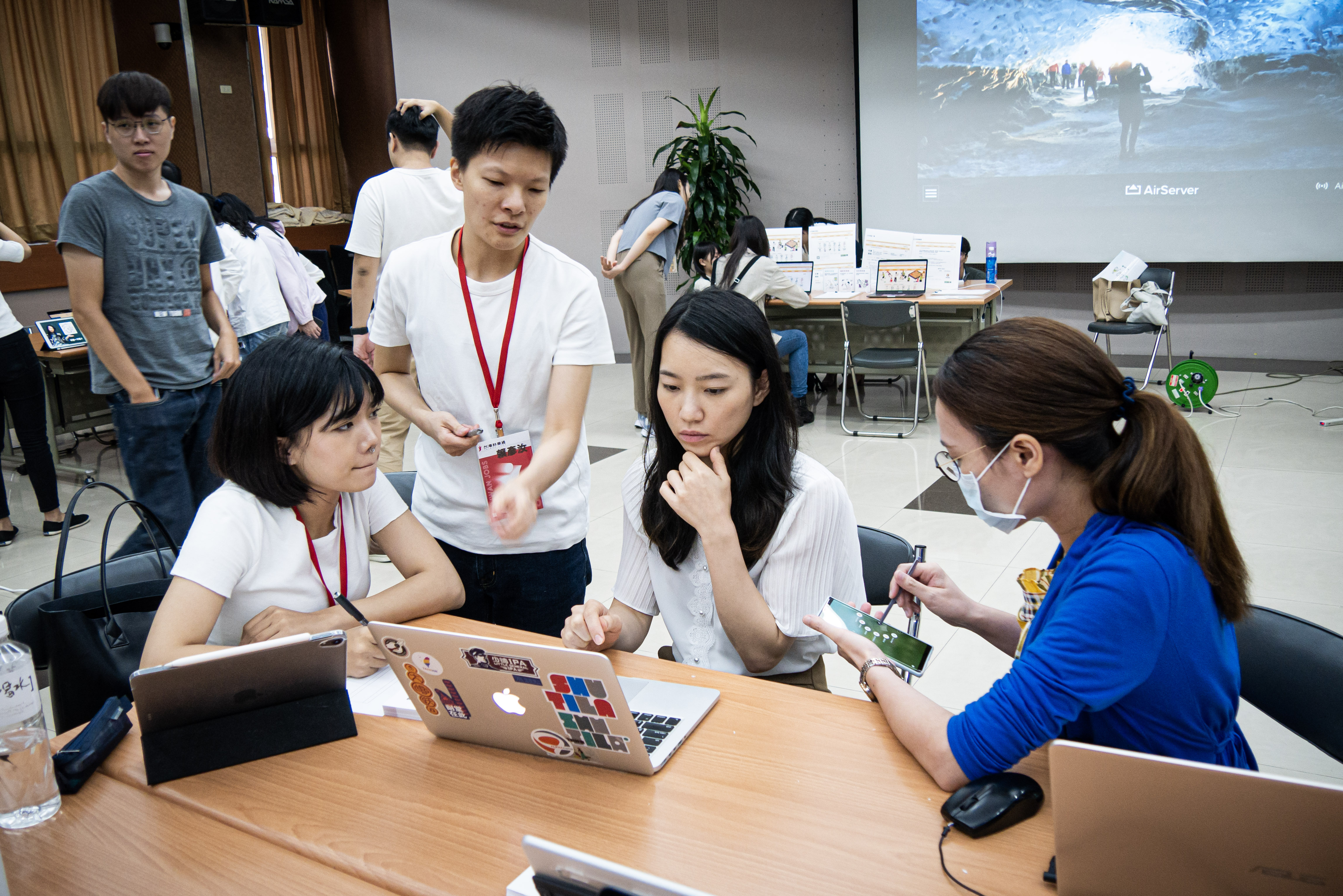
What do the cooperating agencies say?
In the course of two months, apart from collaborating with the students in the UCD workshop, the agencies also had a lot of interactions and contacts throughout the project. After the workshop, we interviewed colleagues from participating institutions. We see that the colleagues in the agency are very happy to have the help of the students in the early stage when they are not familiar with the user experience. A colleague said: "I think it is very good, like we will not interview the people, test, this is what we do not have the ability and time to do, they can help very well."
Colleagues who are currently discussing with manufacturers share: "Know that students can do it from the user's perspective, then these things can be discussed with manufacturers." Through this process, they can make more powerful suggestions for changes.
And we know that in addition to finding the right method and using tools, what is more important is a enthusiasm and attitude. A colleague from the organization who actively participated in the discussion with the classmates said: "We feel that the classmates are very enthusiastic. As far as I am concerned, the dedication of the classmates makes me willing to interact with them, and I really hope that my classmates will give suggestions on the website. |## What did the students who participated in the event say?
Um…In this part, we force everyone to write down an internship experience, so of course we really want to know the true thoughts of each student. It is the most accurate to read one by oneself.
However, the interaction between people can be learned from the daily bit. From the two months of getting along with classmates, we can see their attitude from their dedication and hard work. This is no longer an assignment assigned by the teacher, nor is it a job to fill a summer vacation. Each of them is working hard to leave a deep experience in their lives. This internship enhances the space for self-growth, as a classmate told us: "The composition of each team is different, and the temporal and spatial background and team tasks will not be the same, so the role positioning in the team will change accordingly. So let The most important thing is the ability to read the air and adapt to flexibility.”
We also see that many students have great collaborations Room for improvement. From in your own group, you can "Bravely speak your own ideas!". when working with the ministry, i realized that "nothing is designed to be bad." instead of blindly picking out the shortcomings of the website, you can further think about why these problems occur." finally led each character forward further. "design is not a matter of one person, but a "team" formed in different fields first, and then lead the staff and users in the co-creation behavior. 」
Along the way…
PDIS is very happy to be able to share this unforgettable journey with the students. During the two-month solid internship, the students gave full play, learned by doing, and proved their hypotheses with practical actions. Everyone's dedication and hard work has provided the greatest space for themselves and this project. And this is not enough. The most important thing is that design is not a heavy burden. Design should be a fusion of passion and professionalism with a bit of playfulness, to seriously understand the needs or challenges of users. In addition to rationality, I still maintain some sensibility and use creativity to think about every aspect. "Let's have fun!" is a very important principle we give to Ray 4.0 students. I am also very happy to be able to confirm with you, "User experience design can be a very happy thing!"
 (This work is licensed under a Creative Commons Attribution 4.0 International License.)
(This work is licensed under a Creative Commons Attribution 4.0 International License.)







